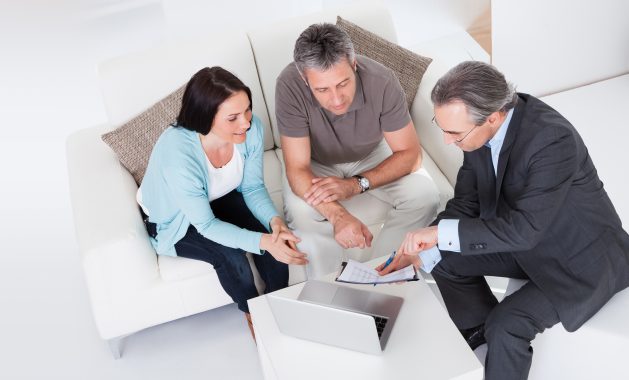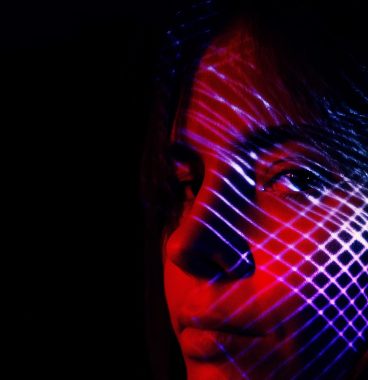Other parts of this series:
In about 30 years, one quarter of the global population will be aged 60 or over. The silver segment already makes up 25 percent and more of European populations, and Japan’s aged are at 27 percent, and rising fast. There is huge opportunity in the silver economy, with Euromonitor putting global spend by the 60+ at $15 trillion by 2020. How can insurers benefit?
The arrival of the silver economy has been the subject of discussion by governments, business, civil society and financial services companies for some time. Now that its impact is beginning to be felt, what’s been done about it and who is leading the race to provide for this segment?
Swiss Re’s 2017 conference titled Next Generation Insurance Customer: Solutions for an ageing society brought together insurers, business and tech companies. Comments from tech startups like LifeQ and GOQii, and global insurance players like AXA, MMI and Prudential indicate the growing awareness of the need for innovative solutions for an aging society.
“The challenges we face in aging will not be solved with the traditional recipes, so we are constantly looking at innovation and new ways to do things, to think outside of the box,” said Charles de Cidrac, Director Health, AXA Paris.
The opportunity is significant. Euromonitor International estimates that the global spending power of consumers aged 60 and over will be $15 trillion in 2020. This FastCompany.com article quotes an Oxford Economics report, which finds that the “longevity economy is one of the most vital in the US with 106 million people over the age of 50 collectively responsible for $7.6 trillion in annual economic activity, spending $4.6 trillion on consumer goods and services, and the health care industry”.
Tech innovation for the silver-aged
The challenges facing an aging population include declining health (cognitive and physical) and the challenges associated with that. Today, technology solutions are emerging to provide reminders, constantly check vitals, monitor falls and mental health, send alerts, monitor in-home activity and use AI to recognise aberrations, and more.
The Ambient Assisted Living market—defined as the advanced system for providing aid to old or differently abled people living self-sufficiently—is expected to grow swiftly due to the advancement in the technologies and equipment for the smart home. Globally, this market generated $2 billion in 2017, according to Market Research Future, and it is expected to reach a market value of $13 billion by 2027.
The Ambient Assisted Living market is segmented into systems and sensors. While communications systems dominated this market in 2017, medical assistance systems are the fastest growing segment. In terms of sensors, occupancy sensors dominated in 2017 with temperature sensors expected to grow fastest.
In effect, Internet of Things (IoT) capabilities are changing how we protect the elderly. With this technology, caregivers and concerned family members can now view real-time situations via a mobile app remotely from anywhere in the world, and receive alerts when something unusual happens.
Wearable devices such as fitness bands are helping people, especially elderly, to track their health details constantly, but this information can further help doctors treating the patients requiring immediate medical attention. But this is just the beginning. The solutions that are emerging are astounding.
- Canadian startup Myant, maker of SKIIN smart clothing which incorporates wearables, is even more ambitious. The SKIIN platform measures heart rate, temperature, activity, hydration and body fat. But Myant plans to go beyond fitness-tracking; it hopes to integrate actuators for electric muscle stimulation, compression and heat for medical and gaming applications. This would allow the delivery of remote therapy, for example.
- Cardiomo is a stick-on wearable that promises to detect up to 40 diseases, including strokes and heart attacks. Data is sent wirelessly to a smartphone, with deeper analysis conducted in the cloud. Recommendations are provided to keep the heart healthy or alarm messages are sent.
- Assisted Living Technologies provides solutions for fall or wander prevention, emergency response, remote monitoring, medication management and home safety. BeClose is designed to help seniors in need of care to maintain independence by remaining at home, safely and securely. It combines a wearable alert button with a base station and discreet wireless household sensors. A remote monitoring system uses the sensor data, together with smart algorithms, to establish the senior’s routine activity patterns and identify any abnormalities or emergencies.
- In South Africa, MyLifeLine sells a watch and a ‘matchbox’ with a panic button that uses a SIM integrated in the device to send a text message with the GPS location of the emergency situation to up to five recipients, including a control room operator. The device is made available for resale by security companies, residential estates and neighbourhood watch groups.
- To protect against falls, Hip’Air offers seniors a special belt with hidden airbags. In 0.2 seconds, the system can detect that the person is falling, and will inflate the airbags in 0,08 seconds.
How can insurers benefit and add value?
Insurance companies can reduce their claims by offering incentives to their policyholders to use these kinds of devices.
Wearables are already used in the value chain of some insurers to encourage general fitness. The next generation of wearables will feature medical-grade technology and will open the door to personalised health advice, goal setting and targeted interventions.
Individual premiums typically go up annually as older people are deemed more costly to the system. Insurers make these decisions based on aggregate profiles that include gender and age. Using data from wearable devices, insurers can create more insightful individual profiles. In addition, by using insights collected from the data gathered by these technologies, insurers can provide personalised services leveraging behavioural analytics. However, the ethical use of data and privacy need to be carefully considered.
There are interesting partnerships and ecosystems forming around these products. Two standout tech providers at the Swiss Re conference, LifeQ and GOQii, are already forming strong partnerships with wellness device vendors offering the global insurance and corporate wellness industries.
Join me next week as I explore some of the ecosystems that are forming.
- For more on the wellness revolution, read Accenture’s Connected Wellness Revolution.
- For a closer look at how technology is improving the way people work and live—and the implications for the insurance sector—click through to Accenture’s Technology Vision For Insurance 2018.











Fantastic explanation. Great mix of information and simplicity.!
https://qishui-shui.com.cn